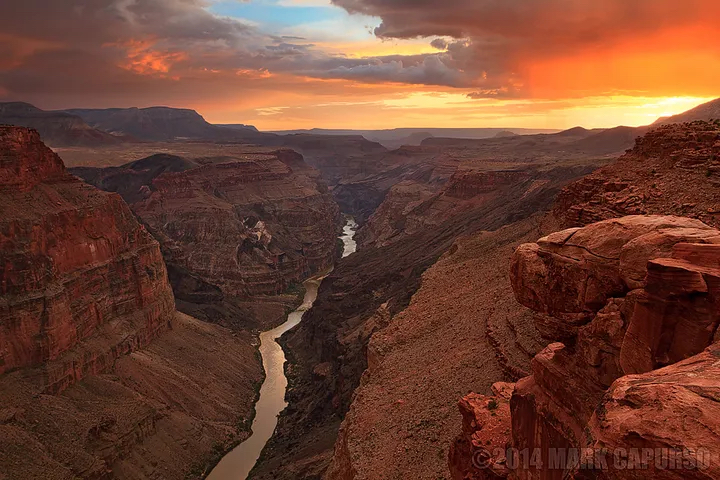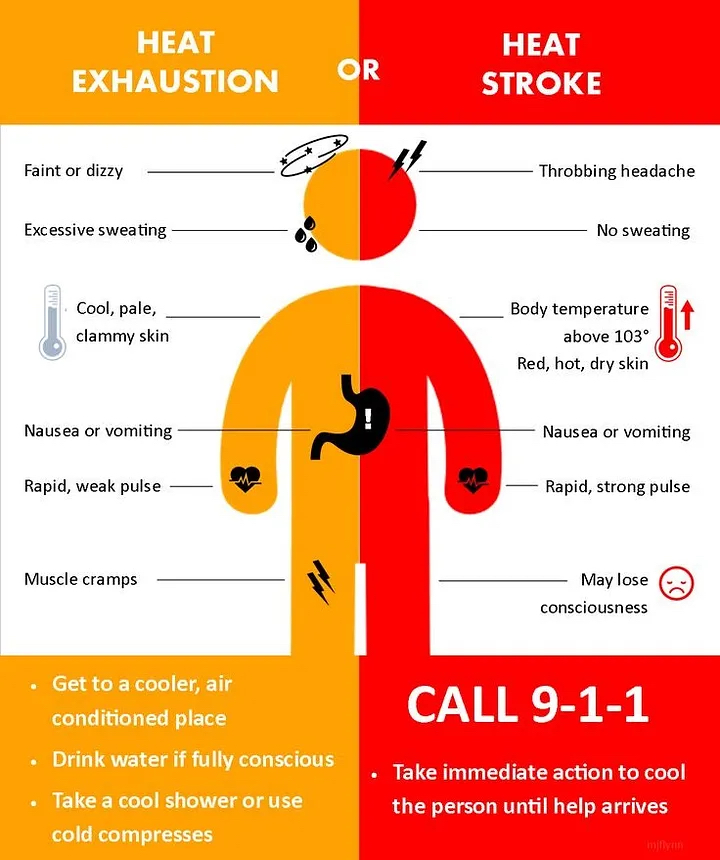Phoenix, Arizona, USA
Project Type:
Community Engagement, Communications, Cross-Sector, Environment, Equity, Finance, Infrastructure, Public Safety
2023 Platinum Certification
Phoenix instituted data governance across departments and continuous community engagement to inform key policies, including the City’s climate action plan, contributing to the average Phoenix resident using approximately 34% less water today than the average resident in 1990.
2020 Silver and 2021 Gold Certification
Continually using data-driven planning and decision-making to prepare increasing temperatures and population numbers.
Crafted a narrative using date to make the case for increased funding for water infrastructure improvements, getting ahead of more costly potential future water shortages down the road.
Used automatic vehicle location (AVL) technology in garbage trucks to collect detailed data tracking pickup routes and analyzed which ways to pick up trash more efficiently, while maintaining safety.
Created HeatReady, a program that identified the highest temperatures and the lowest amount of shade cover, tracked and enabled equitable distribution of investment to support vulnerable areas exposed to extreme heat.
Rapid Growth in Phoenix
You might call it a good problem to have. Every single day between 2010 and 2019, the Phoenix metro area grew by about 200 people. Phoenix has been among the country’s fastest-growing cities for years, according to U.S. Census Bureau data — and it’s expected to double in size by 2040, up from nearly 1.7 million people right now.
“Phoenix was born to grow. For decades, since the 1950s, we have stretched our boundaries and reimagined what a modern desert city can be. And today, we are growing vertically as well. Strategic use of data has been an incredibly valuable guide as we continue to invest in infrastructure, technology, and services that ensure an equitable future for all residents.”
All this rapid growth puts pressure on essential services — things like water, public safety, and waste management. Ensuring they remain reliable and accessible to all Phoenix residents takes careful planning that aligns infrastructure and services to where growing numbers of people live, work, and play. This is not a new challenge for the desert city, where the average daily high temperature is 86 degrees Fahrenheit. Phoenix’s population began taking off in the 1950s, when air conditioning became commonplace.
The city’s population isn’t the only thing on the rise, however. Climate change is pushing average temperatures higher in the Sonoran Desert, making Phoenix one of the fastest-warming cities in America. But not all residents feel the same heat. The hottest neighborhoods in Phoenix tend to correlate with lower-incomes.
With a hotter and more crowded future on the near horizon, the City of Phoenix is preparing through data-driven planning and decision-making. You can see this in how it is securing the most precious desert resource: water.
Staving Off a Drought With Data
One of Phoenix’s primary sources of water, the Colorado River, is becoming less reliable. City officials know this because they constantly forecast water availability while tracking regional demand and seasonal weather patterns, along with long-term climate change. The data doesn’t look good.
“Water is the lifeblood of any city, especially the fifth largest city in the nation located in the middle of a desert,” says Phoenix City Manager Ed Zuercher. “We have never taken water for granted. Continuous strategic planning throughout the decades, with data at the forefront, has allowed us to effectively manage potential supply challenges and opportunities for growth.”
With trend lines clear, city officials leveraged data to sound the alarm. Kathryn Sorensen, the Director of Phoenix Water Services, stood in front of the Phoenix City Council presenting data integrating economics, hydrology, geography and other subjects. An image of a black swan swam across the slides to underscore the possibility of a “black swan event.” Phoenix taps could run dry if the drought continued and the city remained so reliant on the Colorado River.

Photo by Mark Capurso courtesy of the City of Phoenix.
Elected officials never enjoy raising the costs of essential services. What Phoenix shows is that when the decision-makers have access to data that tell a clear story, hard decisions are made a little easier.
“Part of what we had to do to get the Council to fund big water infrastructure improvements was tell a story about what you’re getting, and why it’s worth it,” Zuercher says. In fact, by acting when it did, the Council avoided a more painful rate jump down the road, when water shortages might be imminent. “Because we started early enough with the 6 percent increase, we don’t have to do an 18 percent increase later,” he adds.
Smarter Trash Collection
Along with water, Phoenix’s rapid growth has increased demand for another basic service: trash removal.
Every 2,000 new homes typically requires a city to expand waste management services with an additional truck and worker, generally speaking. But impressively, for the past 11 years, as an additional 40,000 homes appeared in Phoenix, the city’s Public Works Department has not added one additional garbage truck, waste management worker, or increased collection fees. How did it pull this off? By using data to improve efficiency.
Using automatic vehicle location (AVL) technology in each of its garbage trucks, the city was able to collect detailed data tracking pickup routes across three months in 2019. It then analyzed those routes in search of ways to pick up trash more efficiently, while maintaining safety. Could school zones be avoided while school is in session? Could collection days for residents be strategically changed? Could dangerous left-hand turns be minimized?
AVL was implemented by the department 10+ years ago to fulfill the need of the operations team for real-time data and actionable data. In the beginning, installation of any AVL monitoring device on trucks was done using a phased approach since the collection trucks could not be taken out of service all at the same time. Nowadays, the newer solid waste trucks delivered to the city are already equipped with AVL monitoring devices and technology, per the city’s specifications.
With the help of AVL technology, the department was able to implement “New Way, Same Day” in 2012, which streamlined collections through route-balancing. “New Way, Same Day” allowed the department to collect trash and recycling containers on the same day, resulting in cost savings of about $1 million annually.
The operations team, in collaboration with the information technology and data services teams, have continuously updated and upgraded Phoenix’s AVL technology.
After diving into the geographical and logistical details, the team emerged with new collection routes that balanced safety requirements with the city’s pickup needs. This hadn’t been done since 2009 — a full 10 years prior. With strong communications about the reasons for change to both residents and the waste management workers on the ground, the department successfully updated its collection routes and systems.
Through data and efficiency, despite rapid population growth, the Public Works Department was able to maintain its monthly residential fee for trash and various waste diversion services for 11 years.
Just recently, however, the Phoenix City Council approved a rate increase to the monthly residential fee. Along with the increasing cost of providing a service, China’s stricter recycling policies, announced in 2017, greatly impacted the U.S. recycling industry resulting in a decline in Phoenix’s recycling revenue. The decline in revenue hindered Phoenix’s ability to maintain the current level of trash and recycling service it provides. But through an extensive community engagement effort to educate residents, the City Council felt confident that an increase in solid waste rates was needed to keep up with the demands of a growing metropolis.
“After more than a decade, the recent residential solid waste rate increase allows our department to maintain the same level of trash and recycling services our residents expect,” said Moreno. “We will continue to rely on good data to streamline our processes and make good decisions in managing our resources.”
Everyone Deserves Some Shade
Phoenix is the hottest major city in the United States, and it’s getting hotter. But rising temperatures threaten some residents more than others — parts of Phoenix are less hot than others due to the presence of shade and certain pavement materials.
To understand climate change’s impact on the city from an equity perspective, the city created HeatReady, a program to identify, track and respond to the dangers of urban heat. The program was funded through the Mayors Challenge, a Bloomberg Philanthropies initiative to help U.S. city leaders develop innovative ideas that tackle today’s toughest problems.
The first step was to gather basic data on heat across Phoenix. To do this, the city partnered with Dr. David Hondula, a professor at Arizona State University, who installed heat monitor sensors in eight locations.
“The Bloomberg Mayors Challenge really set us on course to begin coordinating all efforts to address the growing threat of rising urban temperatures in Phoenix. Data continues to guide us in identifying the areas of our city with the highest temperatures and the lowest amount of shade cover, enabling an equitable distribution of investment to support those most vulnerable to extreme heat.”
Building on its long-standing partnership with Arizona State University, the city collaborated with researchers at ASU’s Urban Climate Research Center to gather and synthesize meteorological data from all across the city and install new sensors. Among the key findings: on the hottest days of the year, surface temperatures varied by up to 13 degrees between different neighborhoods, depending on greenness, shade cover, and other factors. The hottest spots were often in low-income communities. Dr. Hondula and his collaborators are now collecting long-term data in some of the city’s hottest neighborhoods to help the city track its progress over time in reducing heat inequities.
“Our partnership with the city on urban heat is a point of pride for the urban climate research community at ASU. We share the city’s desire to identify and prioritize the hottest and most vulnerable neighborhoods for future cooling investments. The opportunity to work in real-world settings also gives us unparalleled access to learn more about how the urban climate system works and how it can be improved, knowledge that we will work to translate into solutions with city and community partners.”
The city plans to continue working with its partners at Arizona State University to place sensors throughout the city, and leverage data by strategically improving the built environment. For example, it will create shade in places where residents are in greatest need of walkable routes to public transit, and has begun resurfacing roads in pilot areas with lighter-colored pavement that doesn’t retain as much heat. There is potential for new buildings to be oriented to create better airflow and more shade in high-need places. The city continues to partner with non-profit agencies to offer cooling stations with free bottles of water and heat-safety information, at locations chosen based on heat data and public transit ridership.

Source: Phoenix Summer Heat Safety.
HeatReady has just begun — the city is currently seeking additional funding for the program and planning to implement a comprehensive shade and cooling plan built from gathered data. But the program already shows a valuable way forward for cities on the frontlines of climate change. The city and Arizona State University are in the final stage of the development of a HeatReady assessment to measure a city’s “heat readiness.” Phoenix will be the pilot city to complete the assessment this year.
Read more about Phoenix’s journey here.